|
Medieval Monday -- way more fun than the average, run-of-the-mill Monday!
While researching medieval diaries, I discovered an extraordinary website. Epistolae: Medieval Women's Letters Professor Joan M. Ferrante, Professor Emeritus of Columbia University, has collected hundreds of letters to and from medieval women, 4th to 13th centuries, and translated them from the original Latin. There are 83 pages of links on the website at present. For each letter, Professor Ferrante provides her English translation, followed by the original Latin text, a brief explanation of the letter, and her source(s). If so inclined, you can search for letters by both sender and receiver. I stopped at page 15 or so, having found the following letter from the year 1104. It's from Anselm, Archbishop of Canterbury, to Matilda of Scotland, Queen of the English. He is maaad. He and Queen Matilda's husband, Henry I, had some serious differences of opinion. You will note that at the end of his epistle, he prays for the queen and her children -- not the king! I realized only after reading the letters and doing a little more research that Matilda of Scotland was Good Queen Maud and that Archbishop Anselm was eventually canonized. They are both fascinating figures. Here's the letter, copied from the website: To his reverend lady, his dearest daughter Matilda, by the grace of God queen of the English: Anselm, archbishop of Canterbury, sending his faithful service, his prayers and the blessing of God and his own, if it is worth anything. I give boundless thanks to your Highness by loving and praying for you for the magnitude of your holy love towards my humble self which I perceived in your letter.(1) In it you clearly displayed with what affection you love me when you received and treated my parchment in the way you describe. Your dignity raised my spirits so much by declaring that what nature denies me your grace bestows, that those who are mine by kinship are yours by adoption and love.(2) By trying to soften the heart of my lord the King towards me because of your desire for my return I perceive that you are doing what is fitting for you and advantageous for him. For if he has any bitterness of heart towards me I am not aware of ever having deserved it in any way at all, as far as I can see. If at any time I served him he knows it, and I think he will not consign it to oblivion. If in some respects he dislikes me without cause it would be advantageous for him to drive this rancor away from him lest he sin before God. You promise me that the King will in future grant me better and more abundant access to our revenues, of which at present he allows me a small amount.(3) I should not be ungrateful to your benevolence because you are doing this, as far as you are able through your goodwill. But it should not be necessary to make me such a promise because no confiscation or decrease of them should take place against my will. Whoever advised him to appropriate any of these revenues advised him to commit a sin which is no slight one, nor one that should ever be tolerated. For whoever despoils a bishop of his goods can in no way be reconciled to God unless he restores to him all his goods intact. You should know that however small a part of these goods I am deprived of, it is as if I were deprived of everything. I do not say this for love of money but for the love of God's justice. Your kindness prays me not to take my love away from my lord the King but to intercede for him, for yourself, for your offspring and for your realm. I have always done this up to now. But as to the future I commit myself to the providence of God, with whom "the son does not bear the iniquity of the father"(4) nor the wife that of her husband. I hope in God that I may not harbor any rancor against anybody in my heart which could separate me from God. May almighty God guard you and your offspring(5) forever in his grace.(6) Epistolae is a wonderful resource. Many thanks to Professor Ferrante, her colleagues, and Columbia University for making it available to the public. If you visit the website, along with the letters, you will find a few short, excellent videos with the professor. She is enthusiastic, generous, and clearly loves what she does. Amazing.
1 Comment
Happy Medieval Monday! I'm back just in time to celebrate with my dear friend Mary Morgan! Steinar, her latest Viking romance and third book in the Wolves of Clan Sutherland series, launches this week! Gorgeous, delicious... I'll let Mary tell you more! Plus, she has gifted us with a SNEAK PREVIEW! Congratulations and welcome, Lady Mary! Hello Anastasia! I’m delighted to be on your lovely blog for Medieval Monday! With my new release of Steinar a couple days away, I’d like to talk about an important secondary character in the book—Snorri Sturluson. His fascination with Steinar became apparent the moment they met on the ship. As writers, we know how important these characters are in adding depth, humor, and support to the main protagonists. Let me share a wee bit of historical information about the real Snorri, the Icelander. While during my Viking and Norse research, I came across an important historical person by the name of Snorri Sturluson (1179-1241). Born in western Iceland, Snorri was the son of an Icelandic chieftain. Snorri ascended to become Iceland’s richest and powerful leader. He has long been assumed to be the author of medieval Iceland’s greatest works, including the Prose Edda, which is one of Scandinavia’s vast source for Norse mythology, and the Heimskringla Saga about the history of Norway’s kings. I could think of no one better qualified to pen the fictional tale of the Pirate Wolf than Snorri Sturluson. 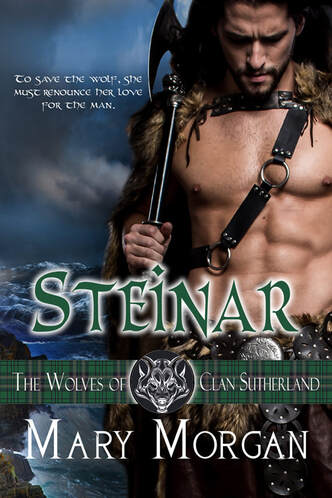 To save the wolf, she must renounce her love for the man. Descended from the mighty Somerled, Lord of the Isles, Steinar MacDougall’s supremacy over the seas is fierce. On a quest for King William, he is captured by the enemy and presented with a favorable opportunity. Yet Steinar soon realizes his greatest threat comes from the woman who hides behind the mask of a warrior, and the quest for control might send them hurdling into the abyss of the sea. As leader of the Serpents, Inga the Ruthless travels beyond the isles bartering for goods with her brothers. After rescuing the feared Pirate Wolf during a storm, she surrenders her trust to the man and his inner wolf in order to claim the lost treasure of Odin. Though the journey is fraught with dangers, Inga fears her heart might be the one in peril, leading her to make the ultimate sacrifice. Will the sea be their salvation or doom them to a watery grave? A Sneak Preview from STEINAR ~ Steinar raised a brow in amused contempt with the beginnings of a smile tipping the corners of his lips. “I find nae humor in this.” She pointed a warning finger at the man. “Nor should you.” He raised the jug near his mouth. “For Inga the Ruthless who has maintained a life around men, I find your response…interesting.” He then took a long draw of mead. Stunned into silence, Inga gaped at him. Then her eyes narrowed to shards of fury. Her fingers sought the brooch fastened at the top of her cloak and undid the clasp. Removing the cloak from her body, she tossed both brooch and cloak onto a nearby stool. “How wrong you were in your earlier criticism of my skills as a woman. At Rangvald’s table I was simply Inga, daughter of Olaf.” She gestured to her gown. “Can you honestly tell me I look like a woman who is a leader of men on the seas?” Steinar’s expression stilled. He wiped the back of his hand leisurely across his mouth. “Nae,” he rasped out. There she witnessed the invitation in the smoldering depths of his eyes—dark with desire luring her forward. Her heart hammered against her chest. Inga’s mind ordered her to leave—escape the temptation to feel his arms around her. But her body betrayed and overrode all thought. Slowly, Inga removed the jug from his hand and pressed it against her lips. Tilting it back, she drank deeply of what remained. After tossing aside the jug onto the ground, she smiled fully. “Then I am correct.” Steinar pushed away from the wall. “You think to claim victory?” Her breath rose heavily with each rise and fall. When did she become the prey and he the predator? “Always,” she whispered, determined to grasp any shard of control or sanity. In one swift move, Steinar clasped his hands around her waist and turned her around with her back against the wall. His body towered over her, trapping Inga. Escape not an option. She gasped. Fight or surrender? For the first time, Inga lessened the strings binding her to an oath moons ago. An oath to never let a man control her. An oath to never let a man touch her. Oaths be damned! She craved to have this man kiss her. About the Author:
Mary Morgan is an international best-selling author of award-winning historical fantasy and paranormal romance novels. During her research travels with her knight in shining armor to England, Ireland, and Scotland, she left a part of her soul in one of these countries and vows to return. Her passion for books started at an early age along with an overactive imagination. Inspired by her love for history and ancient Celtic and Norse mythology, Mary's tales are filled with powerful warriors, brave women, magic, and romance. If you enjoy history, tortured heroes, and a wee bit of fantasy, then journey back in time within the pages of her books. I hold a special fondness for the Limbourg Brothers' image for July. It's a wonderfully agrarian scene. While the scything always catches this gardener's eye (although far beyond a sweet little flower bed or vegetable patch), it's the sheep shearing that makes me smile. That's because as summer presses on, the desire to do whatever it takes to cool off strikes more often.
My personal favorite method for dealing with the heat is to escape to the mountains. After that, the beach or a swimming pool works! And my go-to garment for daily living is a light sundress. How about you? Medieval folk also had their ways of dealing with the heat. They wore lighter clothing in summer, certainly, and they wore hats. They also took to the water, which regularly resulted in drownings as swimming wasn't a commonly-acquired skill. And, of course, the nobility had the luxury of escaping to their presumably cooler, country homes. As for the summer solstice, which this year is today, June 21, it always surprises me that it's the longest day of the year. The days in July and earlier August always seem much longer to me. I suppose it's because we are well-settled into summer by then, necessarily concentrating our outdoor time towards evenings and giving in (to the heat) to enjoy the different cadence of life. To many a medieval observer, the summer solstice was a day of celebration that held a touch of melancholy. It signaled the turn, slow as it was, to shorter, darker days. It seems a bit pessimistic, doesn't it? But at least they appreciated their long, summer days. This summer is a markedly different one for me. I will be more or less on hiatus as I've some healing and physical therapy to get through. It's a lot harder than I thought it would be, but it's all good. When I catch my breath, I will work on finishing All Shook Up, the sequel to Tremors Through Time. That being said, I do still have a few wonderful guests scheduled -- just a couple, really, and I'm bound to post now and then. I've been blogging for many, many years, so it will be an unusual and challenging experience not to. I will miss you! Do continue to check in with medieval ladies Mary Morgan and Barbara Bettis. I don't know that they'll be posting every week, but their posts and websites, as you probably know, are wonderful. In addition, I hope you will enjoy reading some wonderful,medieval romances under the shade of an umbrella as you soak up the season. Wishing you bright, happy days ahead! Happy Summer! "When the worlds of fae and human are open, the reflection of love shimmers like a rainbow."
Dragon Knight's Sword, Order of the Dragon Knights This series! Order of the Dragon Knights has been such a treasure for me, introducing brave, magnificent heroes and heroines, powerful, unscrupulous villains, and a wholly unique and thrilling realm. Happy Medieval Monday! This month marks the tenth anniversary for the series. Ten years ago this month, Mary Morgan signed a contract with The Wild Rose Press for the first book of the series, Dragon Knight's Sword. From Dragon Knight's Sword to Dragon Knight's Ring, which is the last book in the Order of the Dragon Knights series, onto the Legends of the Fenian Warriors and the other beautiful, related books, the reader is absorbed into a magical world of fae and druids, and dragons. Coexisting for centuries, the fae and human realms are racing towards catastrophe. Despite a curse, in the face of remorseless treachery and unspeakable anguish, love proves itself stronger than all. For me, it's very hard -- nae, impossible -- to choose a favorite book from the series. But I can name a few favorite aspects of each. Dragon Knight's Sword -- my introduction to the Dragon Knights, so not much can top that. But I do really love the way Duncan and Brigid become aware of each other. Dragon Knight's Medallion -- It always strikes me (yes, I've read all the books more than once), that while all of the Dragon Knights are good men, Stephen might be the gentlest. Also, I love that Aileen is part fae. Dragon Knight's Axe -- So maybe, just maybe this is my favorite book of the series. For one thing, I'm madly in love with Fenian Warrior Rory MacGregor. For another, I appreciate that Alastair's powers come from the land. As a gardener and nature lover, I can relate. Dragon Knight's Shield -- Angus and Deirdre -- wow! He is a tortured leader. She is a sword-wielding badass. What's not to love? Dragon Knight's Ring -- Adam, Meggie, Jamie -- beautiful. This story sort of brings things full circle. Prepare to cry buckets. The settings for all the books are magnificent, often the medieval Scottish Highlands -- Urqahart Castle, Loch Ness, the Great Glen, not to mention Trinity College in Dublin. Have I mentioned there's a dragon? There's so much love throughout this series -- friendship, brotherhood, family, true and sizzling romance. In these books, love conquers pain, evil, even time. The Order of the Dragon Knights series, along with Legends of the Fenian Warriors, join the ranks of classic fantasy. I love them more than all because despite the battles, pain, and torment the characters go through, love and hope prevail. And isn't that just what our world needs? Congratulations, Mary Morgan, on the anniversary of your brilliant series. Classic. Be sure to stop by MaryMorganAuthor.com to learn about her books. For more medieval fun, visit both Mary Morgan and Barbara Bettis. Wishing you a wonderful week ahead! May peace and plenty bless your world With joy that long endures. May all life’s passing seasons Bring the best to you and yours. Happy Medieval Monday! Welcome, May!
Nestled between the spring equinox and summer solstice, the first of May has been celebrated since ancient times. It was Floralia to the Romans, Beltane to the Gaels, and in many countries has been called May Day for centuries. Beltane was -- is -- a celebration of life, nature, and fertility. Although not yet the summer solstice, it's considered the beginning of summer. For the medieval Celts -- and many other medieval peoples -- it was a time of joy and anticipation. Crops were beginning to grow, fruit trees were budding, and animals could finally be led to pasture. The dark days of winter were well and truly over. Also, according to pre-Christian beliefs, it was a time when the veil between the worlds was thin. Bonfires were lit for protection against evil. Rituals, dancing, and feasting took place around the fire. While Beltane traditions waned in later centuries, they never completely disappeared. In many places, Beltane and other May Day celebrations have made a comeback. Edinburgh's Fire Festival on Calton Hill, for one, is a huge, unique, and important cultural event. Beltane Fire Society A Detailed History of Beltane At its core -- now as much as in days of old -- Beltane is a celebration of hope. Isn't that nice? I, with my agrarian tendencies, will smile upon my little garden, think of my loved ones, and consider the world. And I will send up prayers of hope and gratitude. For more Medieval Monday, be sure to visit medieval ladies Mary Morgan and Barbara Bettis. Wishing you a beautiful day -- and a beautiful May! Forêt Brocéliande en automne, Thérèse Gaigé, CC BY-SA 4.0 , via Wikimedia Commons "And for nearly a whole day thus, I rode along, as best I could, Till at last I issued from the wood that was in Brocéliande." Chrétien de Troyes, Le Chevalier au Lion, c. 1170 Located near Rennes, in Bretagne, northwestern France, also known as Paimpont Forest, Brocéliande is literally a forest of legend -- as in, it's in the legends! We're talking Merlin and the Lady of the Lake (Viviane), Morgan le Fay, and the Knights of the Round Table! There's the enchanted Val Sans Retour - Valley of No Return, Merlin's tomb-- I know, right? -- standing stones, a fountain of youth, a haunted castle or two, and more than one mystical lake. It was in Brocéliande that Lancelot confessed his love to Guinivere. Fountain of Youth -- The Celts called the fountain Jaouanc, meaning "youth". Historians say that on the summer solstice, druids would wash the year's newborns in the fountain and mark their names in the marith (register). If the parents couldn't make it that year, they would go the next and the babe would still counted a "newborn" -- one year younger! Fontaine de jouvence, Brocéliande, Giogo, CC BY-SA 4.0 <https://creativecommons.org/licenses/by-sa/4.0>, via Wikimedia Commons Merlin's Tomb -- where the fairy Viviane trapped him to keep him with her forever. Tombeau_Merlin, Raphodon, CC BY-SA 3.0 <https://creativecommons.org/licenses/by-sa/3.0>, via Wikimedia Commons The Fairy Viviane's House --actually a neolithic burial chamber. Hotié de Viviane, Fab5669, CC BY-SA 3.0 <https://creativecommons.org/licenses/by-sa/3.0>, via Wikimedia Commons Valley of No Return -- King Arthur's half-sister, Morgan Le Fay, caught her lover in the arms of another woman and turned them to stone. She then cast an enchantment upon the whole valley so that those unfaithful in love would be stuck there, lost in time for eternity. Sir Lancelot, true in his love for Guinevere, broke the curse. Good ole Sir Lancelot... Val sans Retour, franek2, CC BY-SA 3.0 <https://creativecommons.org/licenses/by-sa/3.0>, via Wikimedia Commons Erected 4500 to 3000 B.C., there are megaliths throughout the forest. The Menhirs of Monteneuf are arranged in seven rows, east to west. Dolmens (also called "portal tombs", each usually consisting of a large, flat stone (table or capstone) on top of two upright ones) and burial chambers are nearby. Paths branch out from the site into the forest. Menhirs de Monteneuf, François de Dijon, CC BY-SA 4.0 <https://creativecommons.org/licenses/by-sa/4.0>, via Wikimedia Commons Comper Castle -- where Viviane, Lady of the Lake and Merlin's lover, swam with baby Sir Lancelot. Merlin built her a crystal palace here. It's said to be buried at the bottom of the lake. The site is believed to have been home to King Saloman of Brittany in the ninth century. The castle has been built and rebuilt many times through the centuries. Château de Comper, Brocéliande, Centre de l'Imaginaire Arthurien, CC BY-SA 3.0 <https://creativecommons.org/licenses/by-sa/3.0>, via Wikimedia Commons Trécesson Castle -- The site dates back to the 700s or before -- no one knows the origin of the castle. But it's believed that the present castle was constructed in the fourteenth century. This one is purportedly haunted, but not by Merlin or the Knights of the Round Table. One story tells of a young woman -- hundreds of years ago -- dressed in white and with a wreath of roses on her head, who was pulled from a carriage and buried alive at the castle. She can be seen roaming the castle, most notably on the roof during a full moon. A ghostly game of cards has also frequently been reported. Château de Trécesson, Audrey Le Tiec, CC BY-SA 3.0 <https://creativecommons.org/licenses/by-sa/3.0>, via Wikimedia Commons Mystical Forest of Brocéliande La Voie Royale, Philippe Manguin, CC BY 3.0 <https://creativecommons.org/licenses/by/3.0>, via Wikimedia Commons Old Oak, Brocéliande, Kilobug, CC BY-SA 3.0 <https://creativecommons.org/licenses/by-sa/3.0>, via Wikimedia Commons This is just the tip of the iceberg! Paimpont Forest is filled with historical sites, prehistoric megaliths, and sites linked to Arthurian legend. It is also a great place for naturalists and outdoor enthusiasts with forests, lakes, moors, and plenty of wildlife.
For more of Brocéliande in literature, check out Chrétien de Troyes' romance Le Chevalier au Lion, Lord Alfred Tennyson's Idylls of the King, Robert de Boron's poem Merlin, and Claris et Laris, to name a few. For a bit more information on Brocéliande: The Good Life France Tourisme Brocéliande Wikipedia Brocéliande There are plenty of tourism websites about the area to choose from. I hope you've enjoyed this wee, little tour! Be sure to visit Mary Morgan and Barbara Bettis. Mary's blog isn't strictly medieval today, but it's a wonderful post (as always). Wishing you a grand Medieval Monday! Call me no longer Locksley, my Liege, but know me under the name, which, I fear, fame hath blown too widely not to have reached even your royal ears. I am Robin Hood of Sherwood Forest. -- Sir Walter Scott, Ivanhoe Happy Medieval Monday! I was having coffee out on our patio this weekend, staring at the trees dotting our view and reflecting on how much I love forests. Then it came to me! How fun would it be to research some of the more famous forests from medieval legend? And so today it’s not Robin Hood we’re after, but Sherwood Forest. While we might never be entirely sure who Robin Hood was, it’s nice to know that there really was a King John, Nottingham, and Sherwood Forest. It lends credence to the possibility of the Prince of Thieves, don’t you agree? The earliest mention of a mention that I can find of Sherwood Forest follows – and it’s repeated in several places on the web. The name ‘Sherwood’ was first recorded in 958 A.D. when it was called ‘Sciryuda’ meaning "the woodland belonging to the shire". It seems to me the name “Sciryuda” was recorded, not “Sherwood”. I’m not even sure what language that is and evidently don’t know where to look to find out. I’m going to email one of the sources, however. We shall see who knows what! In any case, it’s been a recognized area for at least a few thousand years. Sherwood Forest_(9532)_Nilfanion The Domesday Book of 1086 mentions the forest as covering most of Nottinghamshire. According to various UK government agencies, it comprised around 100,000 acres in medieval times. Romans cleared some of the forest during their occupation of the area. Later, following William the Conquerer’s invasion in 1066, it was designated a Royal Hunting Forest. When Henry VIII dissolved the monasteries, powerful dukes were granted the lands. Called “the dukeries”, most of the estates are still intact and well worth visiting. Today, Sherwood Forest is much smaller than it once was. Excluding the vast estates, it’s comprised of around 1,049 acres, filled with pine, birch, and ancient oak trees. The oaks are major players, some of the oldest oaks in Europe -- about a thousand of them. The Major Oak has its own trail. Estimated to be between 800 to 1,000 years old, this huge and venerable tree has a circumference of around 36 feet, is approximately 52 feet tall, and its canopy spreads around 92 feet. All the usual woodland creatures make their home in Sherwood Forest -- deer, rabbits, hedgehogs, squirrels, bats, birds, and plenty of insects! Cattle can also be found grazing. It’s surrounded by Nottinghamshire, which includes the city of Nottingham. To my surprise – I don’t know what I was thinking – well, I do know. I was thinking King John and Robin Hood. It’s a bustling, modern metropolis with lots to offer both historically and otherwise. There are manmade caves, a castle, great restaurants and museums. I begin to think it’s a must-see! I did not realize what a vast undertaking research on Sherwood Forest would turn out to be. Each estate is worthy of several posts of their own. I have to say – I’m writing this after reading back over the full post – finding exact and matching numbers and information has not been easy. It might be that it’s out of of my realm of experience. This is British land – trusts, private estates, counties, reserves, so much history… There's doubtless a great deal of information that a citizen might take for granted that I'm completely unaware of. While I don’t believe there are any wild discrepancies, please feel free to share your knowledge! Links for more information: Visit Nottinghamshire Visit Sherwood Historical UK Geographical I hope you will have enjoyed this brief foray into the home of Robin Hood and his Merry Men. Next week, King Arthur’s forest, Brocéliande! For more medieval fun, be sure to visit medieval ladies Mary Morgan and Barbara Bettis. Robin Hood proposing to Maid Marion, St. Mary's Church, Edwinstowe, Nottinghamshire
Entry into Jerusalem, c. 1304 - 1306 Giotto di Bondone Happy Medieval Monday! Let's talk religion! I just laughed out loud. Ahem, you say? Don't worry. This is me, after all. Did you know I am Catholic, albeit with a strong, Antiochian Orthodox background? This week is Holy Week for me and my family, along with millions of other Catholics and Protestants. Passover also begins this week. Next week is Holy Week for Orthodox Christians. This year, the month of Ramadan is also during this time. So, in these next few weeks, we have Easter, Passover, Ramadan -- and we know there are many, other, countless religions and belief systems. Let us wish each other well. The Medieval era -- the whole thousand years of it -- was marked by religious violence and war. Early Islamic invasions, the Reconquista, crusades to the Holy Land, Viking invasions (in that they were non-Christians attacking monasteries), and persecution of Jews throughout. The conquest of Constantinople in 1453 commonly marks the end of the Middle Ages. And while these events occurred throughout a millennium, they only cover a portion of the strife and a portion of the world. As we know only too well, the history of the world is not a peaceful one. It's one of the reasons I love romance novels. But it's not the only reason. :) I will be mostly on hiatus this week. I believe I scheduled one other post. I hope to observe our high, holy days quietly, prayerfully, while working around home and garden in preparation for our family's Easter celebration. I feel very fortunate to be able to do so. For more Medieval Monday, be sure to visit wonderful medieval ladies Mary Morgan and Barbara Bettis.
Peace and joy are relative to the individual as well as to a society as a whole. With all my heart, that's what I wish for you -- joy and peace -- this week, next week, and always. Happy Medieval Monday!
Good news! This past weekend, I finally sent All Shook Up off to my wonderful editor! Oh, but it's an emotional story! How about a teeny, tiny, peek? Scottish Highlands, 1336 “Gall Ghàidhell!” Foreigner Gael. Rónán winced as Aonghas shoved Lachlann hard. Why did they call him that? He had a Gaelic name and he’d been born here in the highlands, just like the rest of them. Why couldn’t they just leave him alone? But the push that would have sent Rónán flying across the grass hardly moved Lachlann. He just stood there, still and silent as a stone. His blond hair hung around his face, his gray eyes wide and cold. He was as tall as Aonghas, and their shoulders looked about the same. But Aonghas was thicker and meaner and had his friends with him. Rónán drew closer to the little circle on the hill. “Gall Ghàidhell!” Aonghas pushed Lachlann again. “Are you a mute, now?” He snickered. “No one wants to hear you talk anyway, dumb ox! You don’t know how!” “Shut up, Aonghas!” Rónán knew he would regret it, but he couldn’t help himself. Lachlann was his friend. Aonghas was a bully. “He speaks Gaelic better than you do and he speaks Norroena!” Aonghas hardly spared him a glance. “You have a defender,” he told Lachlann, then started laughing. “A dumb ox and a cripple!” He snorted. “Good team!” Swiftly, without a word, Lachlann punched Aonghas right in the nose. Rónán’s mouth dropped open. Suddenly, everyone was fighting. He hesitated, itching to jump in and not sure how. Then, he just did. He jumped in. Soon he was kicking, punching, and pushing like the rest of them. He even used his teeth a few times. It felt good to fight back. And Lachlann proved that he was an ox after all, just not a dumb one. Nothing stopped him as he fisted his way through the throng. One by one, Aonghas’ friends fell away. As Rónán lay on the ground, trying to catch his breath, Aonghas and Lachlann stood staring each other down. “I’ll get you next time, a dhaimh! Dumb ox! Your little friend won’t be able to help you.” “We’re the same age, stupid,” Rónán grumbled, sitting up. He and Lachlann were nine. Aonghas the Ass was ten. The bully took a step towards him but stopped when Lachlann stepped up. “I’ll take care of you later, cripple,” he snarled. “I know.” Without another word, Aonghas turned and stalked off down the hill towards their village. That's all for now, folks! For more Medieval Monday, be sure to visit lovely medieval ladies Mary Morgan and our birthday girl Barbara Bettis. Best wishes, Barb! Wishing you a wonderful week ahead! Cheers! March 20, 2023: Vernal Equinox
Springtime! For gardeners and farmers, it's a busy time of year. It always has been. I've been busy preparing the manuscript for All Shook Up, so I thought to celebrate today with a simple post, an springtime excerpt from Tremors Through Time. “ ‘The sun hung midway between heaven and earth, the great loch silver beneath it, as Lachlann An Damh plowed his field.’ That sounds good, don’t you think? Must you do that?” Lachlann stopped in his tracks to glare at Rónán, who sat on a rock, sketching and watching him work. “Must I do what?” “It would be much more picturesque, and my drawing would look a lot better, if you would guide your oxen like any normal tuathanach. But no, you can’t be like other farmers. You have to pull the plow yourself, like one of your beasts.” “At the moment, I have more land than beasts,” grunted Lachlann, straining as he pulled the heavy, wooden plow over a deep rut. “One day, I’ll have more oxen. In the meantime, if you wish to draw a picture of my team, they’re in the next field with Fearghus.” “Unfortunately, you’re my subject, not the oxen,” Rónán murmured as he sketched. Lachlann sighed. He had too much on his mind for senseless banter. “I’m to get married,” he announced abruptly and continued down the field. “What? Wait!” He glanced back, satisfied to see his friend hastily unfolding his long, lean form from the boulder. “You’re getting married?” Rónán questioned as he joined him. “I am.” “To whom?” “To your cousin, the chief’s niece.” “The chief’s…do you mean Allasan?” Lachlann nodded. “Allasan.” He glanced at the bard. Rónán looked stunned. “But…she’s not your type! She’s half your size!” “I know.” “She’s not even friendly!” “You mean that she doesn’t like Norsemen. Believe me, I know.” “She doesn’t like anyone. Whose idea was this?” “Your chief’s. He and Allasan’s father approached my father.” “Are they forcing you?” Lachlann had to smile. Rónán sounded appalled. He shook his head. “No one’s forcing us.” “Then why are you marrying her?” “It will be another bond between our people.” Lachlann paused to adjust the plow. “And I’ve no one else in mind. Why offend the chief and upset my family?” “A bond between our people? What about the bond between you and your wife?” Rónán was almost shouting. “You worry too much, my friend.” “I would wish you happiness.” Happiness… We know that this good man and tuathanach extraordinaire does find happiness where he would never expect to. For more Medieval Monday, be sure to visit amazing medieval ladies Mary Morgan and Barbara Bettis. May springtime be a time of joy and renewal for all. |
Romance!It's no secret that I prefer fat HEAs. Where better than in a beautiful romance? Archives
June 2024
Categories
All
NewsletterFrom me to you with a smile. Thank you!You have successfully joined our subscriber list. |
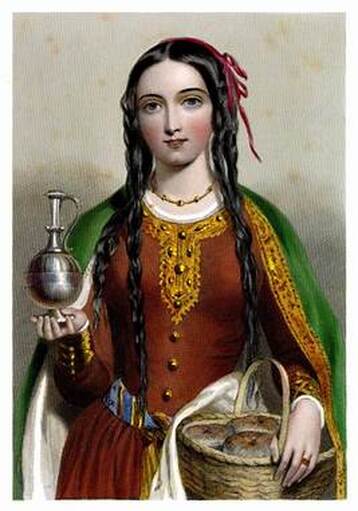
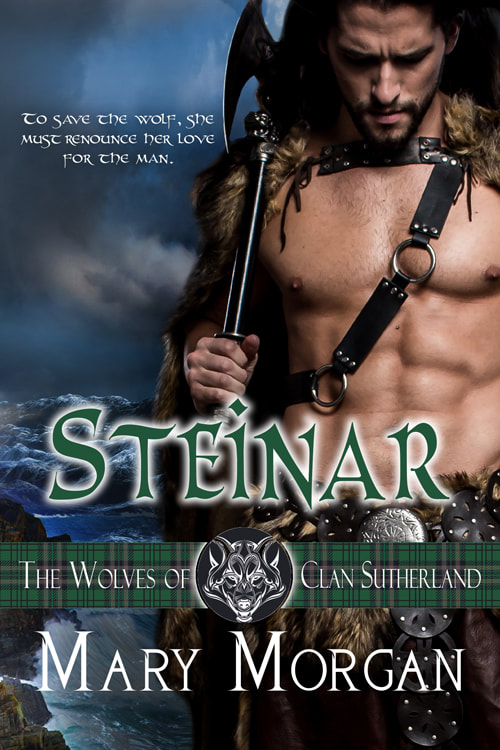

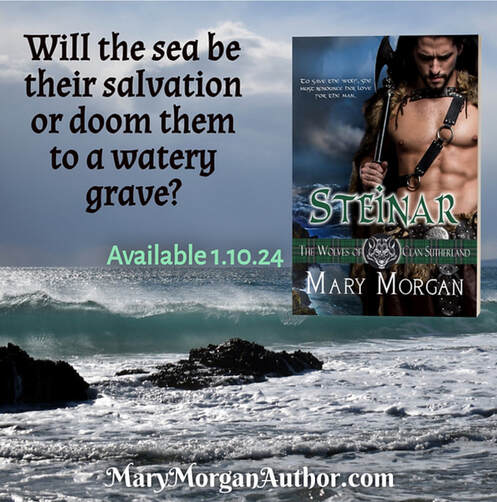
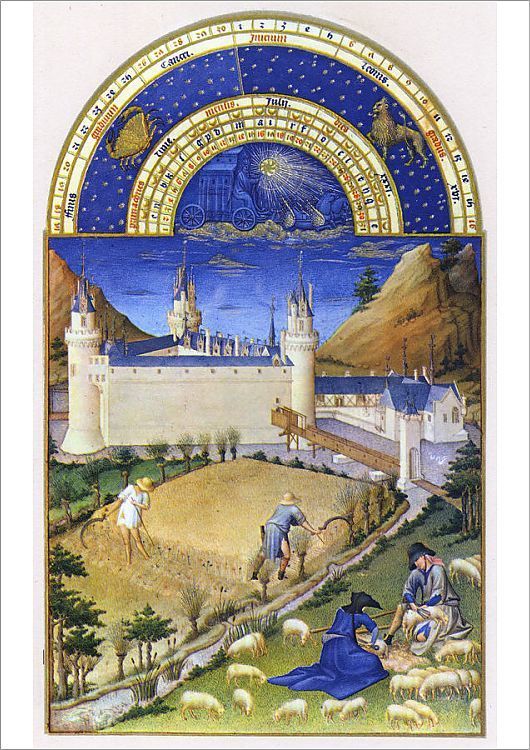
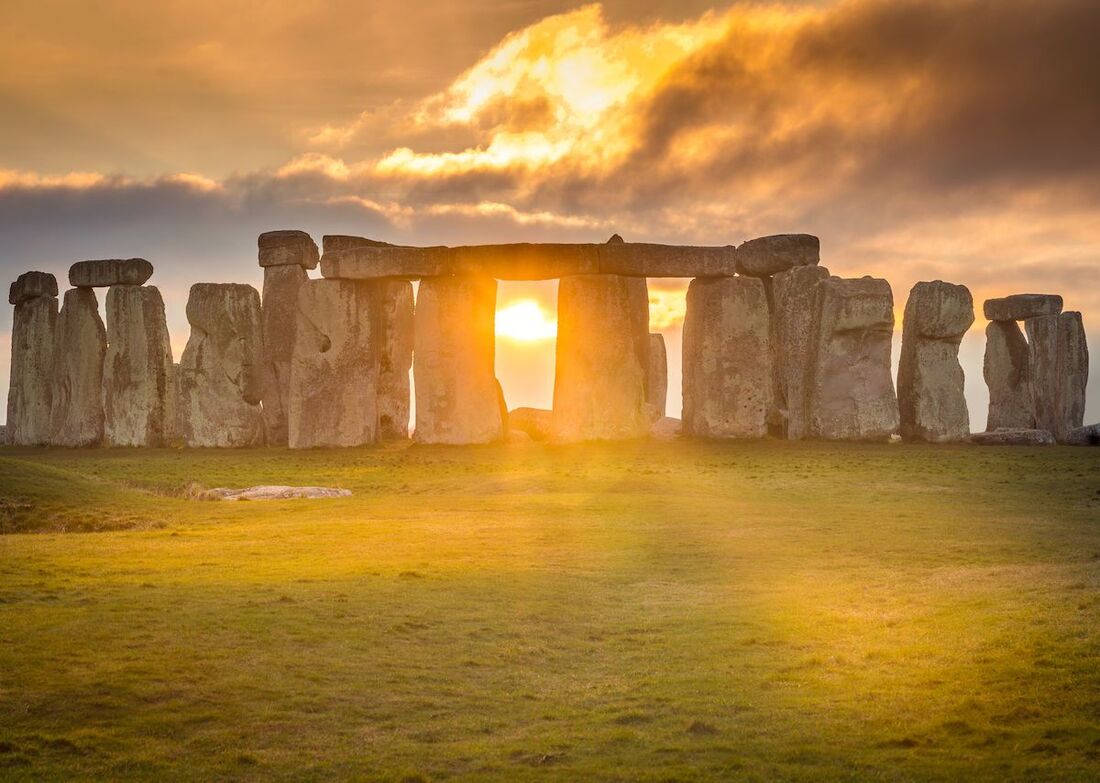
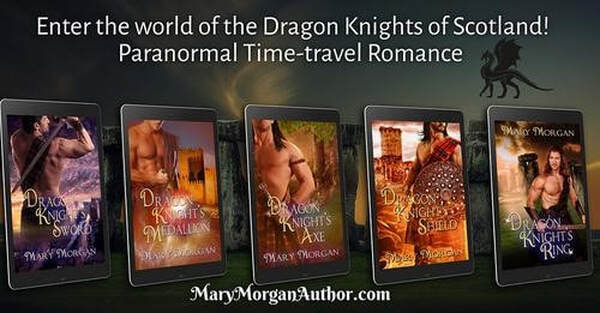
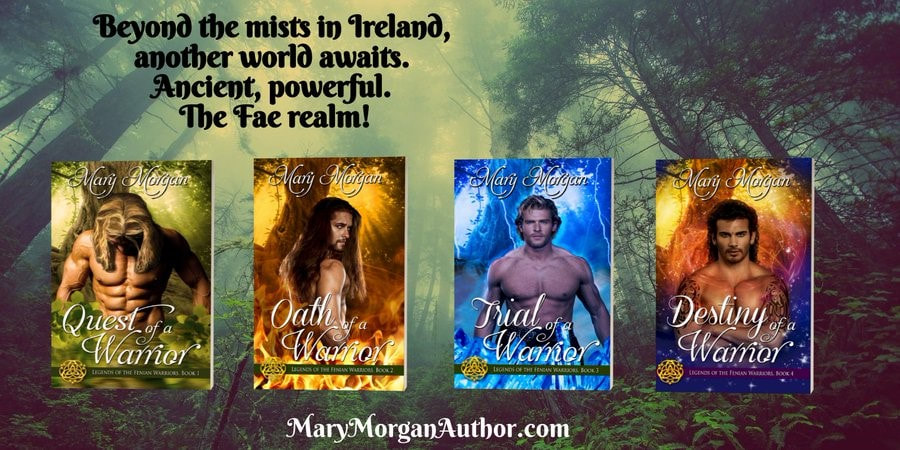
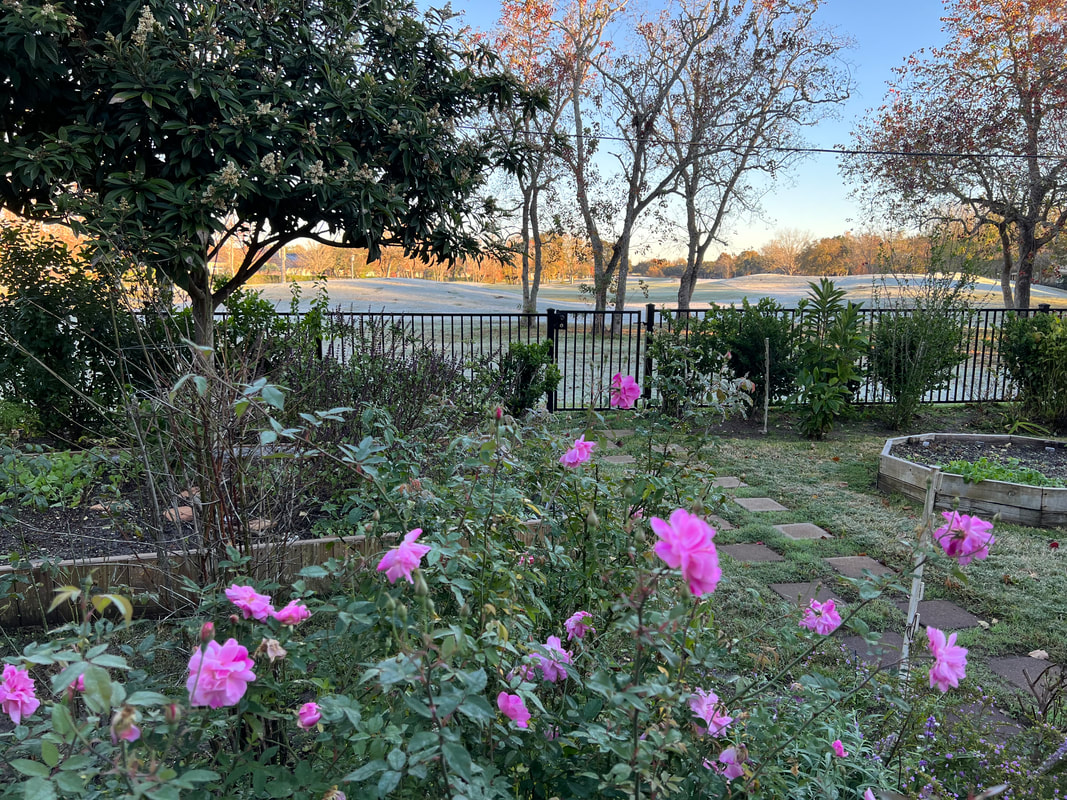

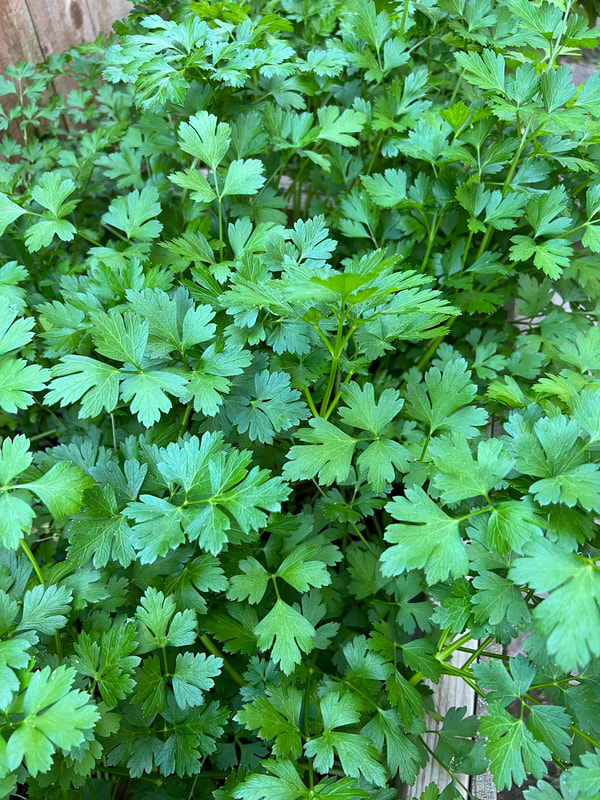
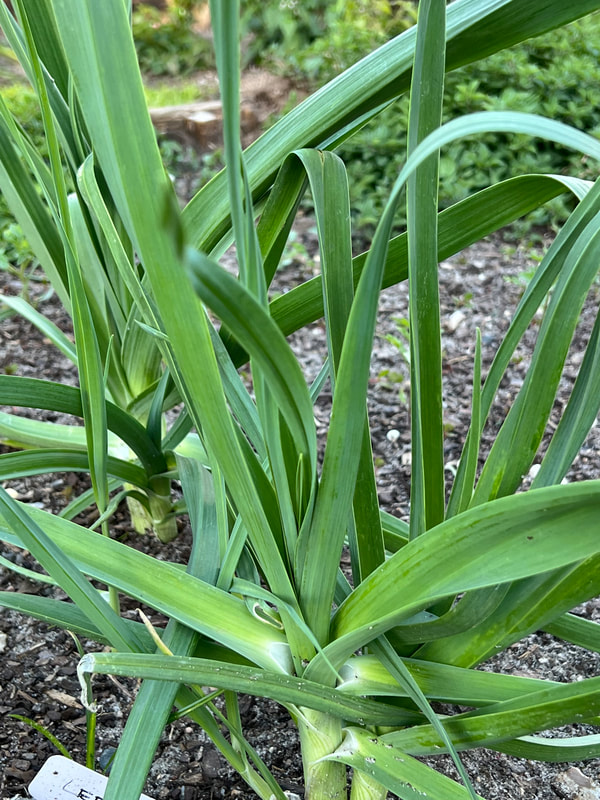
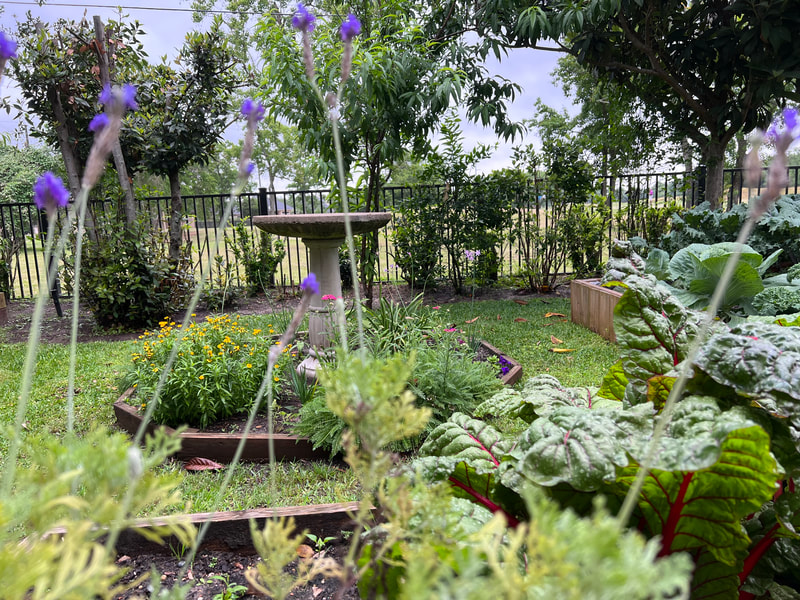
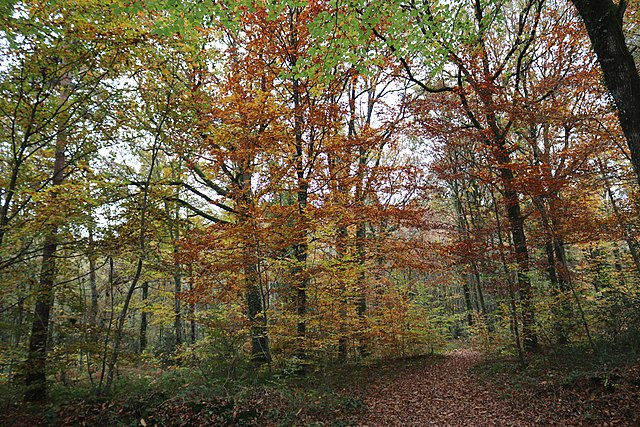
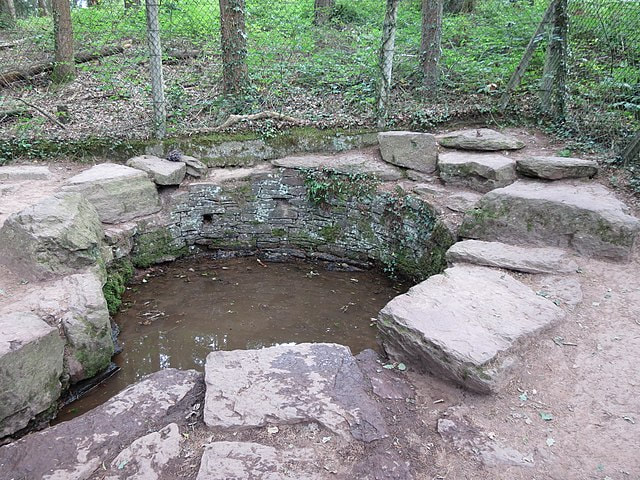
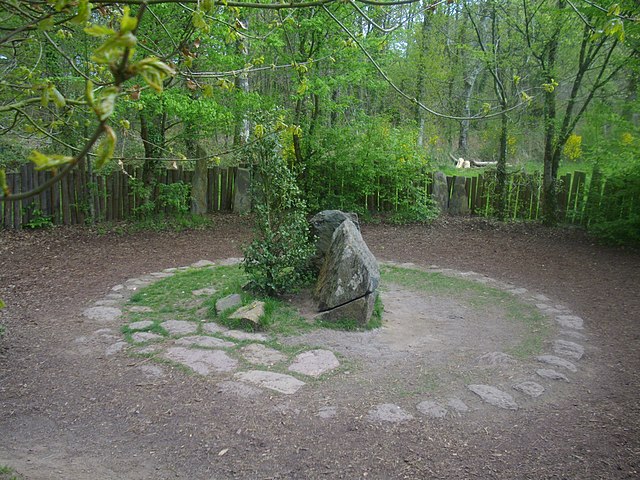
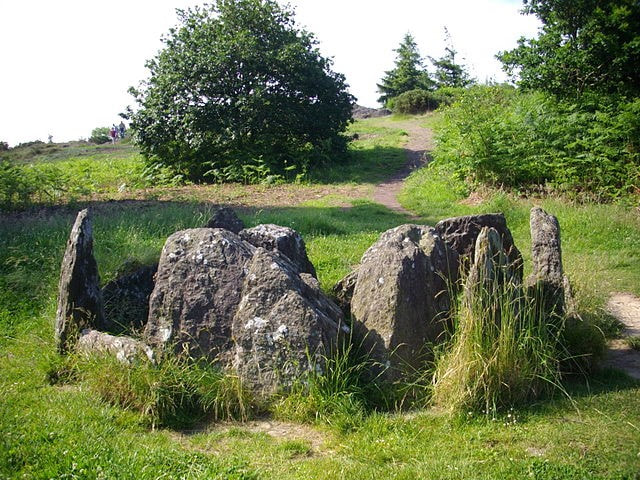

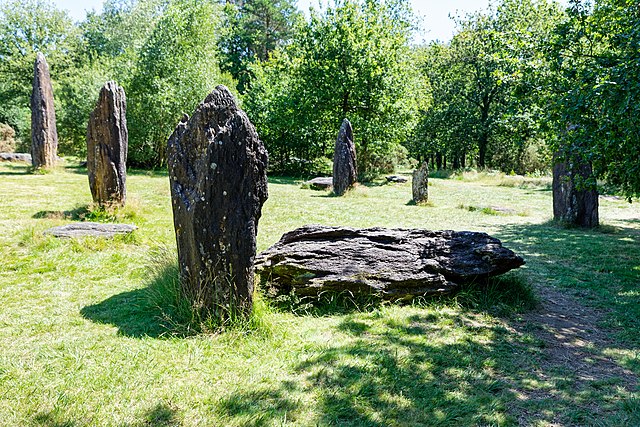
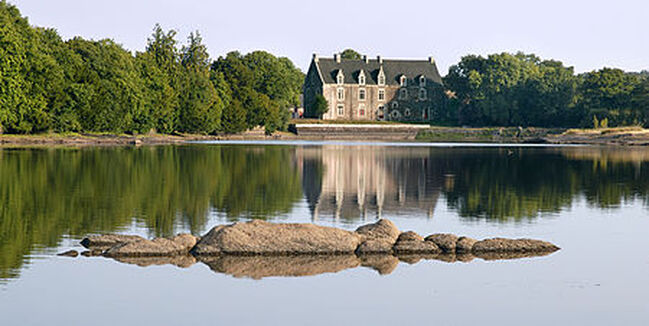
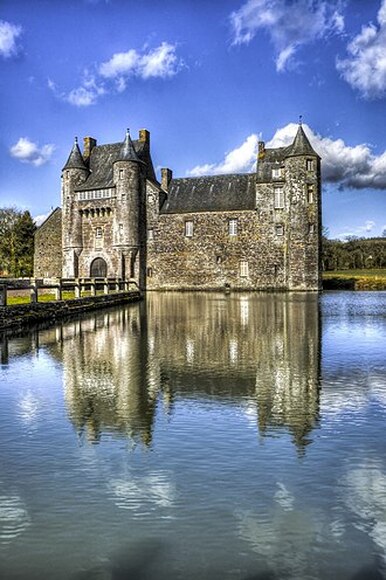
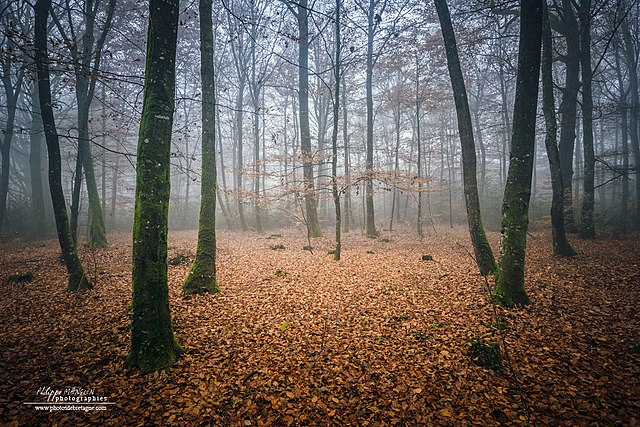
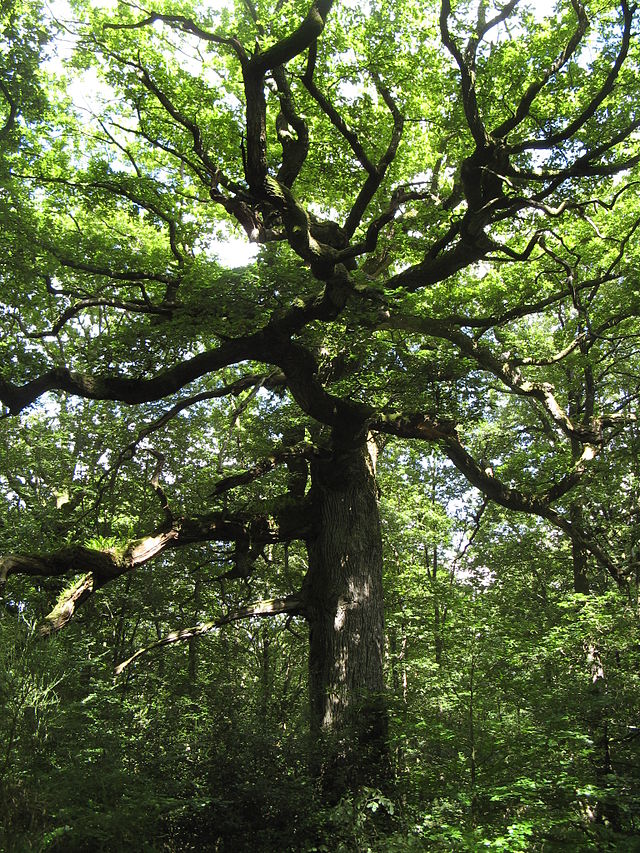
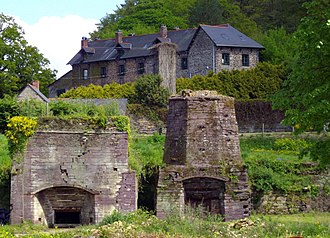
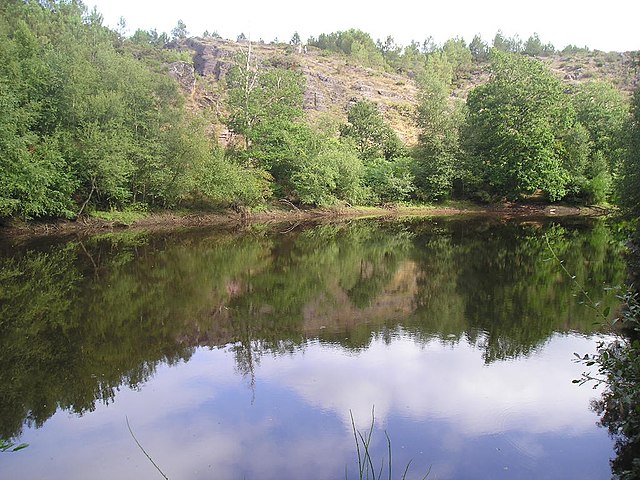
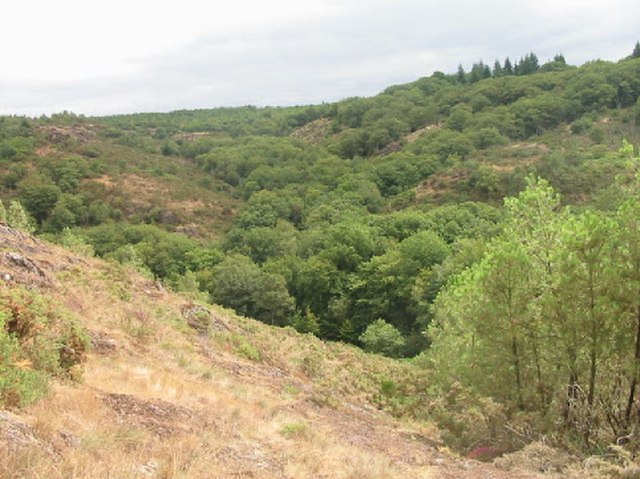


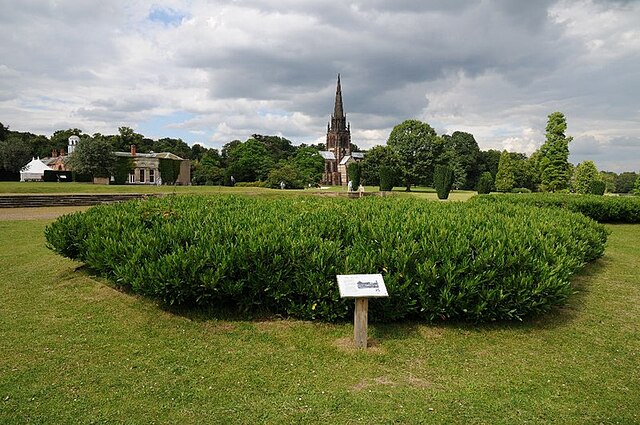
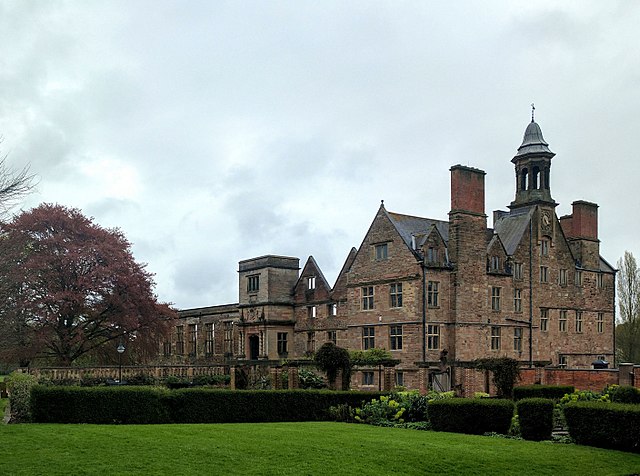
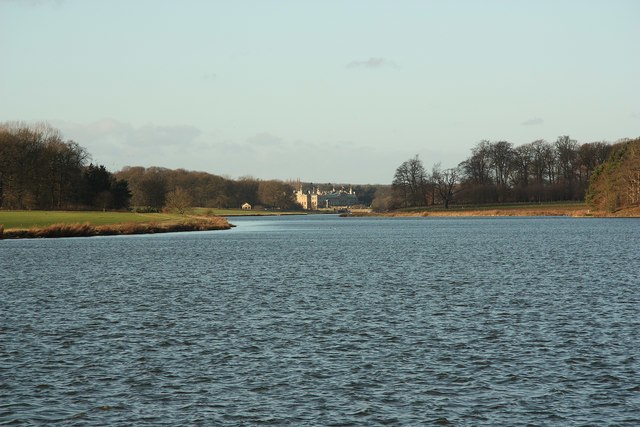
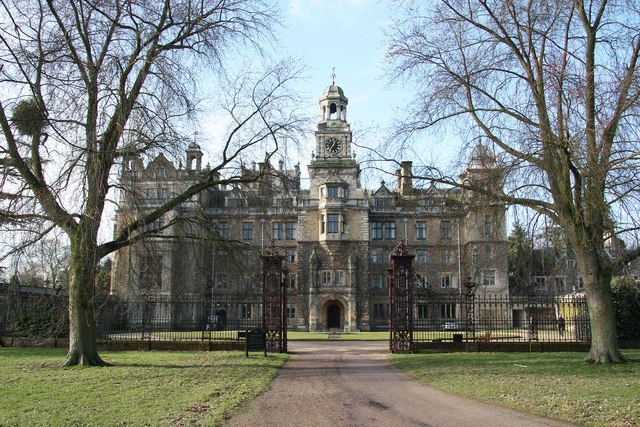
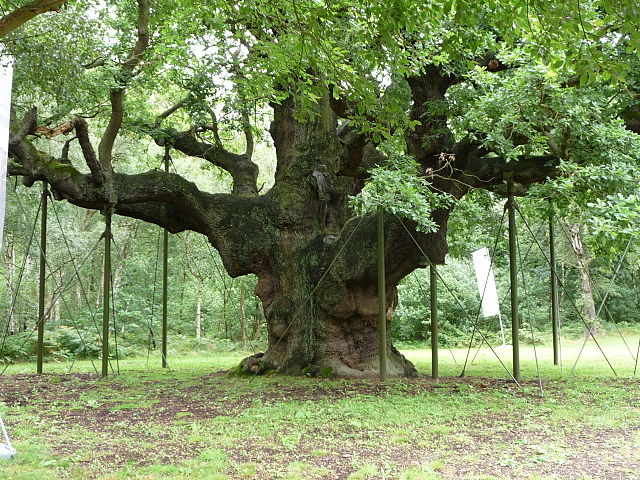
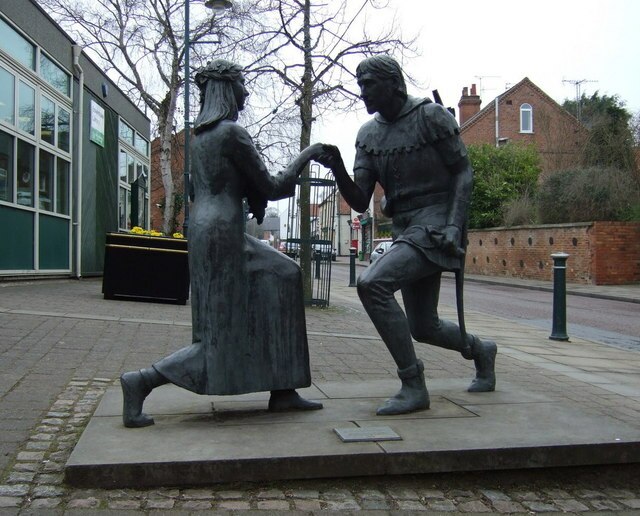
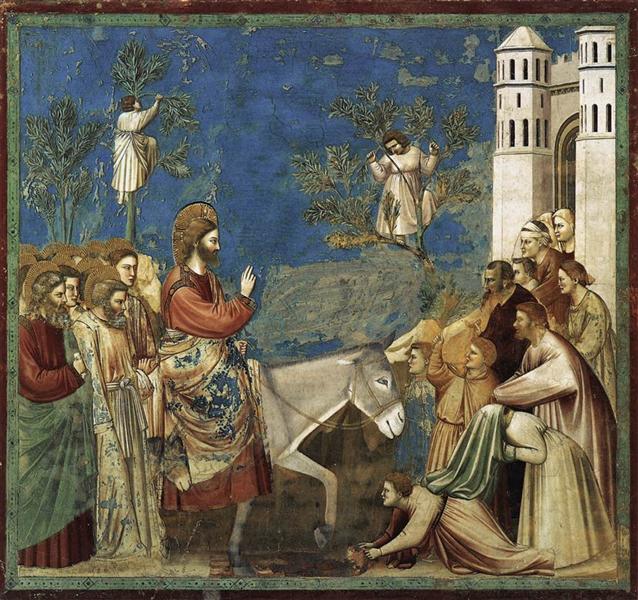
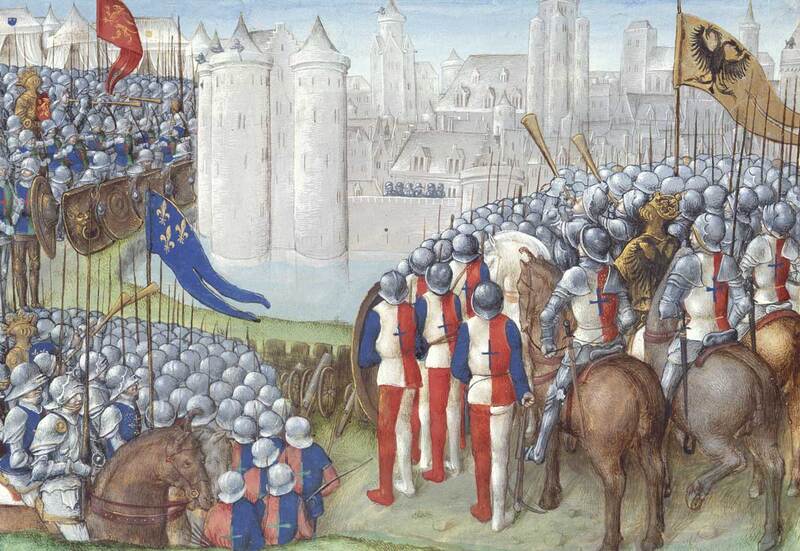
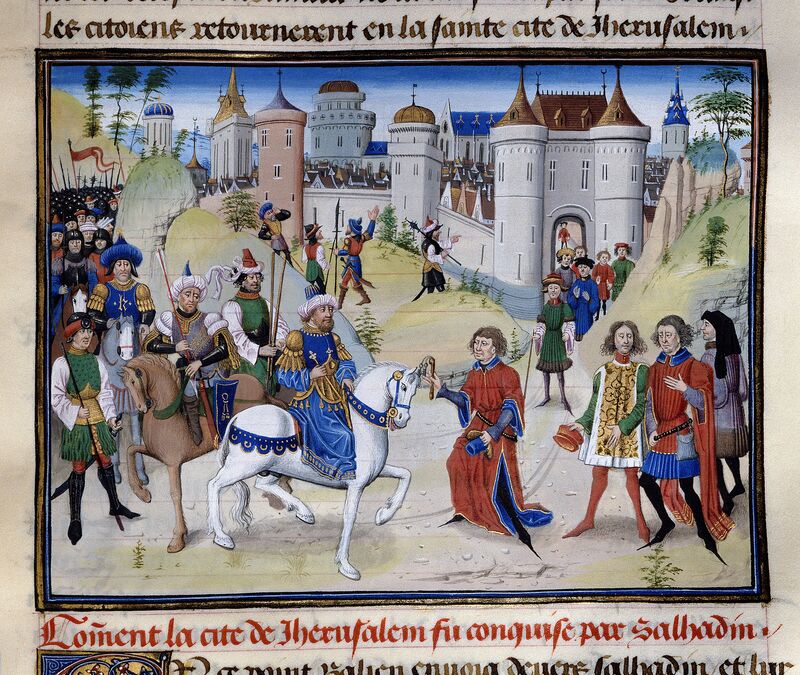
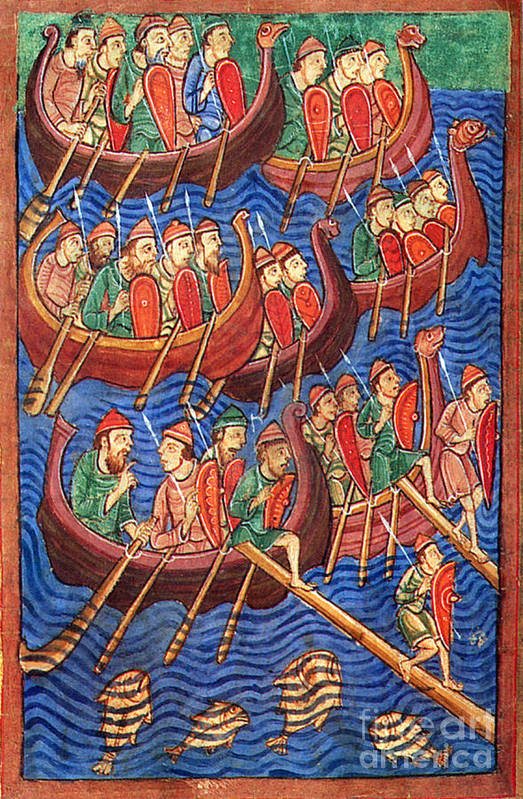
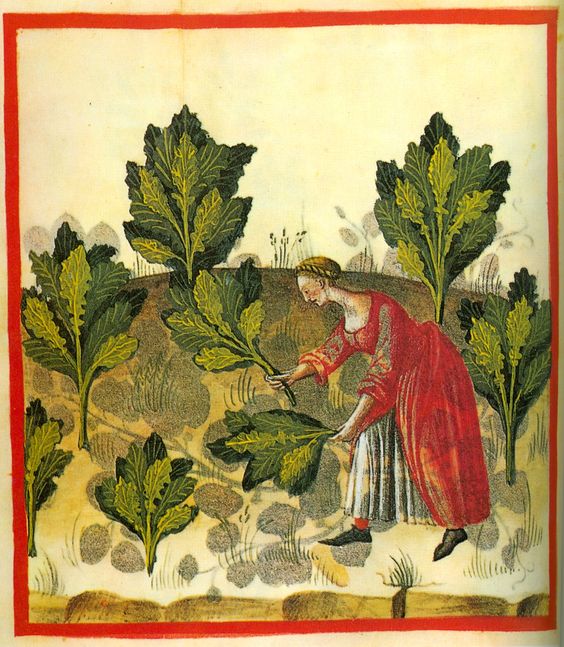

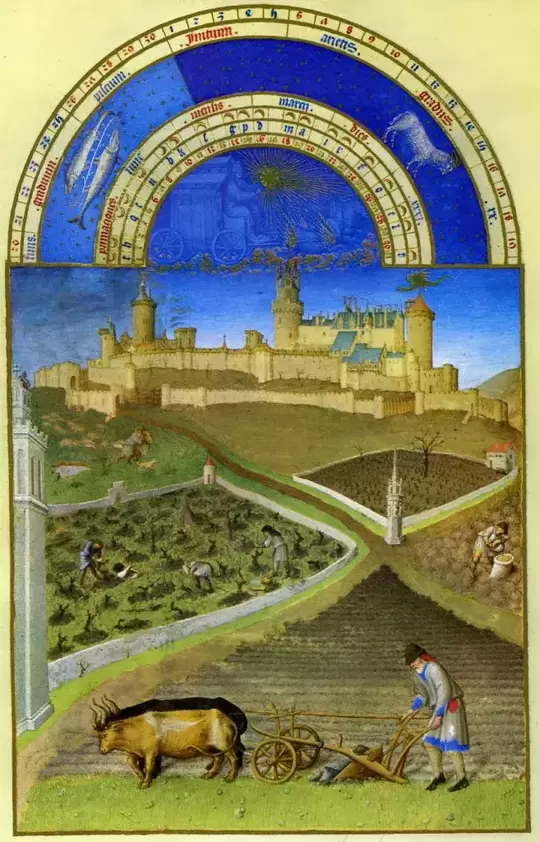
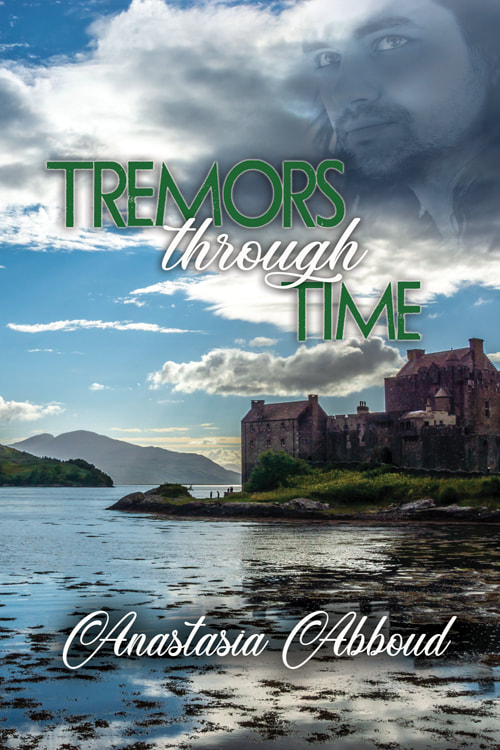

 RSS Feed
RSS Feed